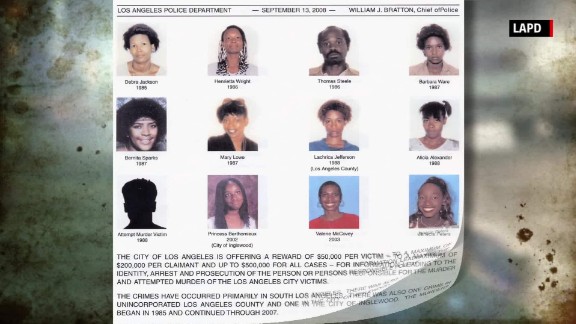
To destroy the evidence, he would light up the area. He would promise them jobs as domestic servants in hotels and then lead them into the fields where he would rape, strangle, and beat them up till their last breath. His victims were women seeking employment in the sugarcane fields.

In 1996, Thwala began raping and killing women in KwaZulu Natal. Following his confession, he was sentenced to life imprisonment. Following his apprehension, he claimed that his older stepbrother had sodomized him in his younger years and that he heard voices instructing him to murder his victims. Simons was identified when one boy realized that his friend was found dead after helping the teacher carry boxes. In 1994, a total of 11 bodies were found.Ĭheck out the list of the top 10 richest gangsters of all time In 1986, young boys began disappearing from train stations and later would be found tied up, sodomized, and strangled with their underwear in shallow sandy graves. With his job, he knew the best ways to manipulate and influence young boys. He also possesses great skills in playing a couple of musical instruments. He can speak seven languages, including English, French, Xhosa, and Afrikaans. Norman, also known as the station strangler, was a fifth-grade teacher who was loved and appreciated by his community. Several local Zulu chiefs requested to be present during the hanging to ensure that the evil spirit had departed. Eventually, he was convicted of 15 murders and sentenced to death through hanging. However, two psychologists refused to believe him as they claimed that he got sexual gratification from inflicting pain. In his trial, he claimed to be innocent as it was the Tokoloshe’s doings.


With semantics in mind, these are some of the most horrific murderers that have ever struck in Southern California.Top 30 most haunted places in the world you should never visitĪfter escaping, he managed to stay in the loose for one month before being captured. The most recent definition from the FBI is "the unlawful killing of two or more victims by the same offender(s), in separate events." But strict definitions can’t address the grey area-for example, Charles Manson, an undeniably evil and maniacal orchestrator, is not technically considered a serial killer (yikes). How many killings must one amass to be considered a “serial” murder as opposed to just an avid, excited one? Should the definition address the number of locations, or should there be a specified window of time in between events? Should the definition include a psychological motive? What defines a serial killer is up for debate. They each offer a different but equally upsetting look inside the twisted mind of a serial killer, including mass graves in the Hollywood Hills, and a man's proud first murder (of 33!) committed in Culver City. Throughout the years, some of the most horrific mass killings have centered around Los Angeles (lucky us).


 0 kommentar(er)
0 kommentar(er)
